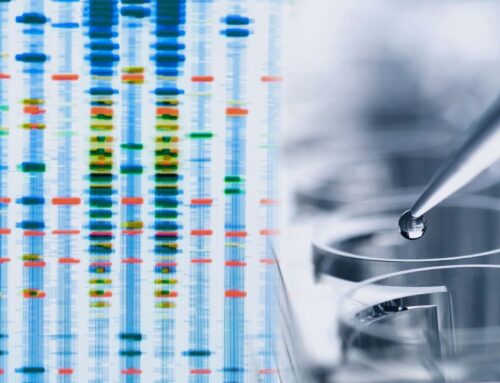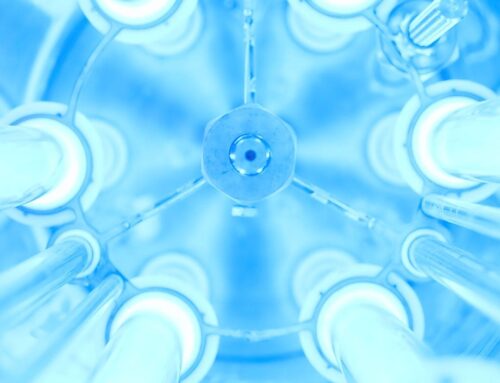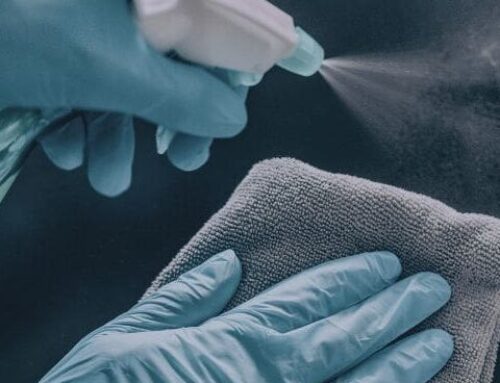January 2023
The Environmental Protection Agency (EPA) recently released interim guidance and methods for testing disinfectants on porous materials in non-residential clinical and/or institutional settings like hospitals, clinic offices, schools, office buildings, etc.
The guidance and methods are open for a 30-day public comment period, however, testing following these methods can be performed now. It’s important to note that the guidance and methods do not address claims against mycobacteria, fungi, yeast, or endospores, and do not include residual claims.
Key points to consider regarding the guidance and test methods:
- To be eligible for registration, the test substance must meet the performance criteria as a hard surface disinfectant against Pseudomonas aeruginosa and Staphylococcus aureus. Standalone porous surface-only products are not allowed.
- Quantitative testing is conducted using 1 cm diameter pieces of each of three different fabric types that represent porous materials. These fabrics include vinyl seating fabric, privacy curtain fabric, and non-PVC fabric. Registrants may test additional materials if the materials can withstand cleaning and sterilization, but we encourage consulting with the EPA before testing.
- Only liquid, spray, and foam spray products are allowed for porous surface claims. For testing other product applications such as towelettes or products applied via fogging, you should consult with the EPA prior to testing.
- A wetness test consistent with the procedure outlined in the EPA method and guidance for efficacy testing of Clostridioides difficile must be performed to verify that the surface remains wet for the duration of the contact time.
- Testing against three lots of product is required for the base bacteria and testing of two lots of product is required for viruses. Each lot of product is tested on a separate test date for all microorganisms including viruses.
- For concentrated products, the dilution of the product must be made in 375 ppm (338-394 ppm range) synthetic hard water.
- A 3-part organic soil load must be included in the inoculum for all microorganisms.
- Each untreated control carrier must achieve a carrier count of 4.0 – 5.5 log CFU/carrier or virus particles/carrier. A minimum of a 4.0 log reduction for bacteria and a minimum of 3.0 log reduction for viruses within a ≤10-minute contact time per test substance lot and fabric type is required to substantiate a porous surface disinfectant claim.
- For each porous material, the applicant should document compatibility of the product with the porous material per the proposed label. Data and observations pertaining to physical degradation, pitting, fraying, cracking, delamination, bleaching of dyes, etc. should be accessed and submitted in the final report to the EPA.




